This 2.5-hour walking tour meets at the Public Theater in Astor Place, across from Colonnade Row and what was the highest end residential block in the country in the 1830s, the resides of Astors, Delanos and Roosevelts. We end at the Civic Center, and the old Five Points neighborhood of "Gangs of New York" notoriety.
Going from the upper class residential precinct of today's Astor Place to the gang-infested slums of the Five Points was a typical request of visitors in the 1830s and 40s. That walk down Broadway would have taken them through a part of town that would, in the 1850s, break out as the new fashionable city center, what we now call SoHo. This part of Broadway was once a tether between the locales of these social extremes. In making that walk again, we decode and deconstruct the streetwalls of NoHo and SoHo to reveal the forces at work in the architectural creation of New York City.
 Уникальный опыт
Уникальный опыт
 Путешествия и транспортные услуги
Путешествия и транспортные услуги
 Туры, экскурсии и круизы
Туры, экскурсии и круизы
 Билеты и пропуска
Билеты и пропуска
 Билеты и абонементы на спортивные мероприятия
Билеты и абонементы на спортивные мероприятия
 Малая группа
Малая группа
 Сезонные и особые случаи
Сезонные и особые случаи
 Санитарные меры приняты
Санитарные меры приняты
 Занятия на улице
Занятия на улице
 Вероятность продажи
Вероятность продажи
 ЛГБТ-дружественные туры
ЛГБТ-дружественные туры
 Подходит для детей
Подходит для детей
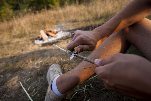 Включает животных
Включает животных
 Удобно избегать скопления людей
Удобно избегать скопления людей
 Еда, напиток
Еда, напиток
 Превосходное качество
Превосходное качество
 Классы и семинары
Классы и семинары
 Лучшая конверсия
Лучшая конверсия
 Аудиогиды
Аудиогиды
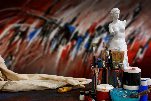 Искусство и культура
Искусство и культура
 Виатор Плюс
Виатор Плюс
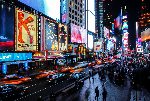 Sustainable Tours
Sustainable Tours
 Limousine Transfers
Limousine Transfers
 Donut Walking Tour
Donut Walking Tour
 Virtual Experiences
Virtual Experiences
 Additional fees
Additional fees
 DSA non-compliant
DSA non-compliant




 ru
ru
 English
English
 French
French
 Polish
Polish
 Ukrainian
Ukrainian
 Serbian
Serbian
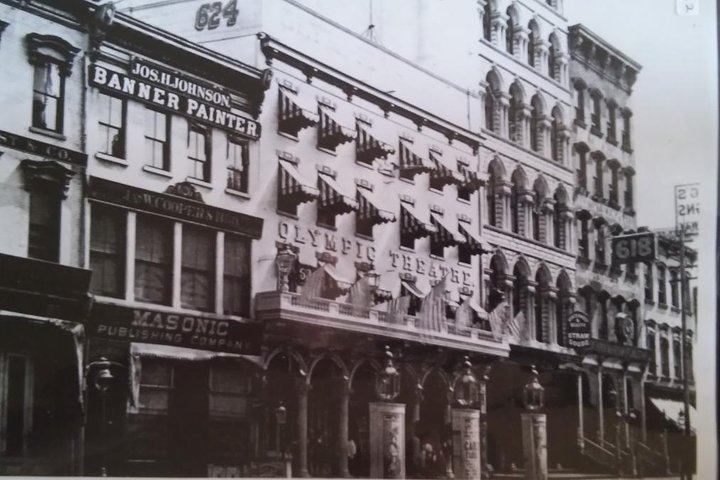
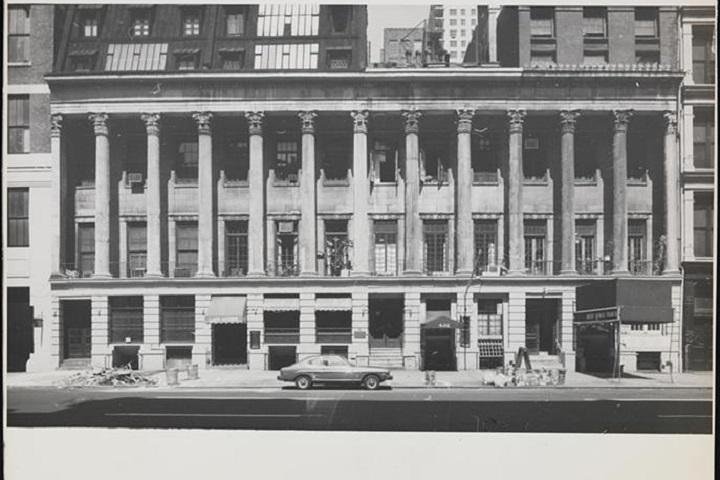

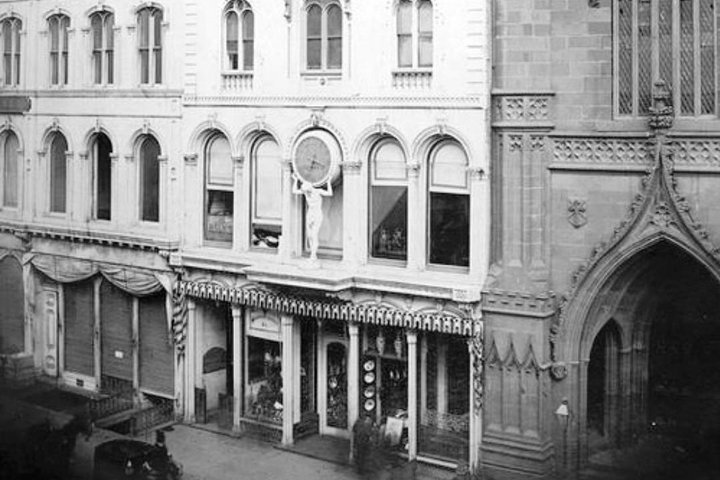
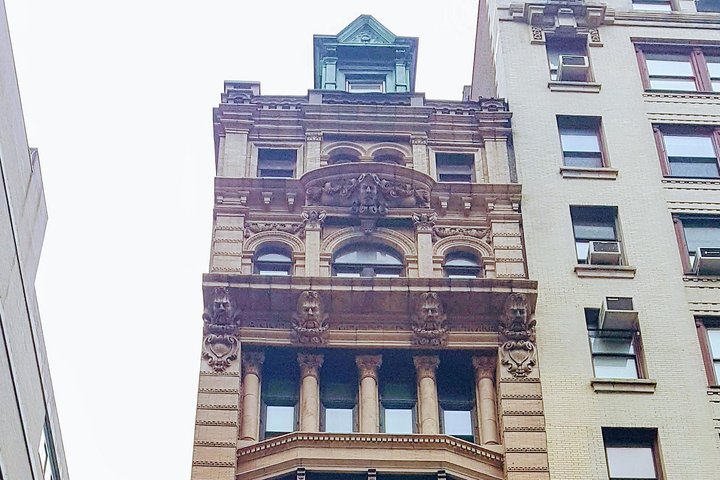
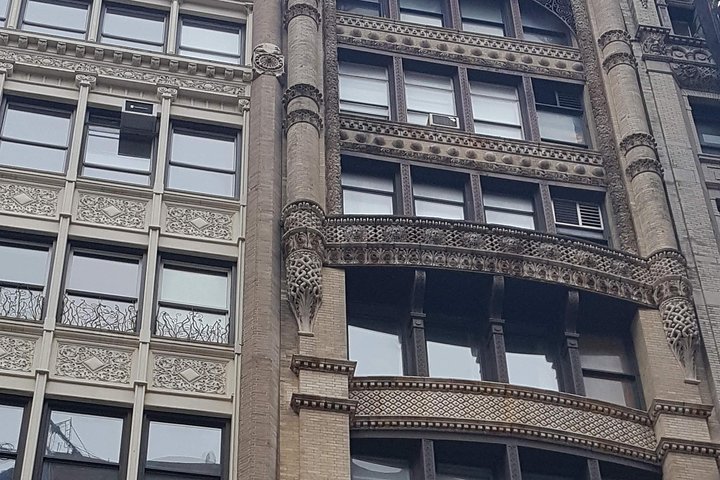
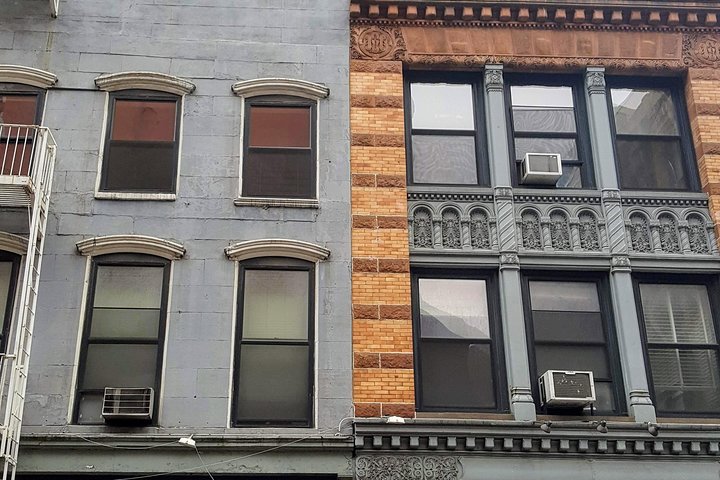
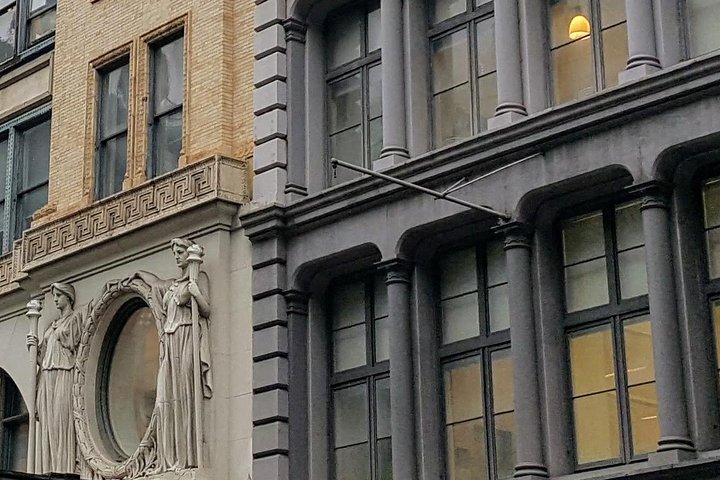
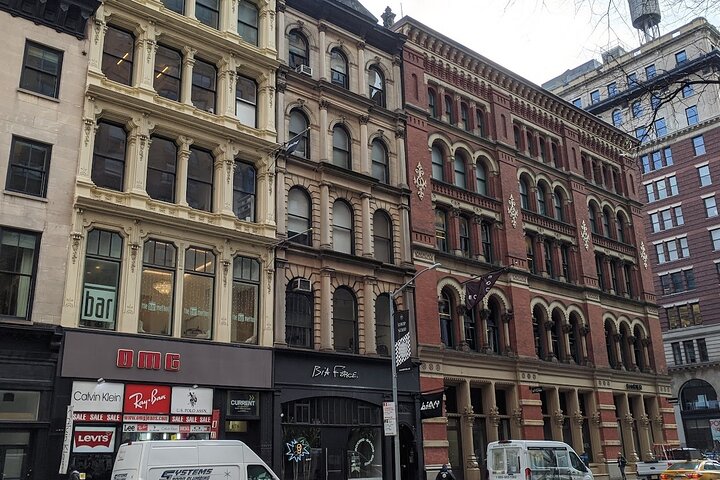
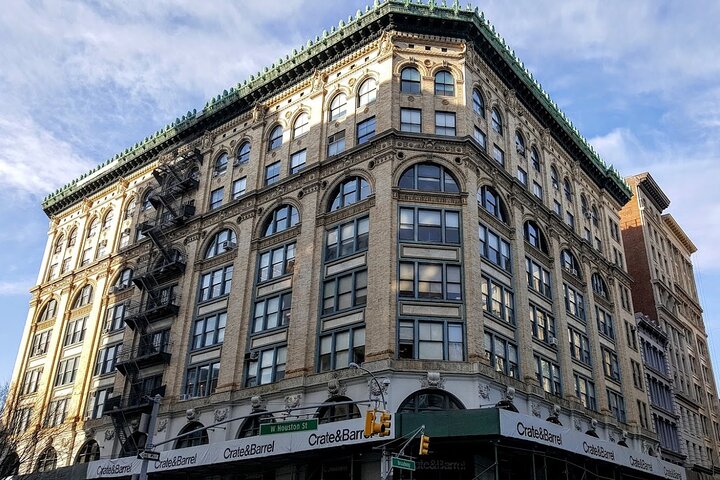
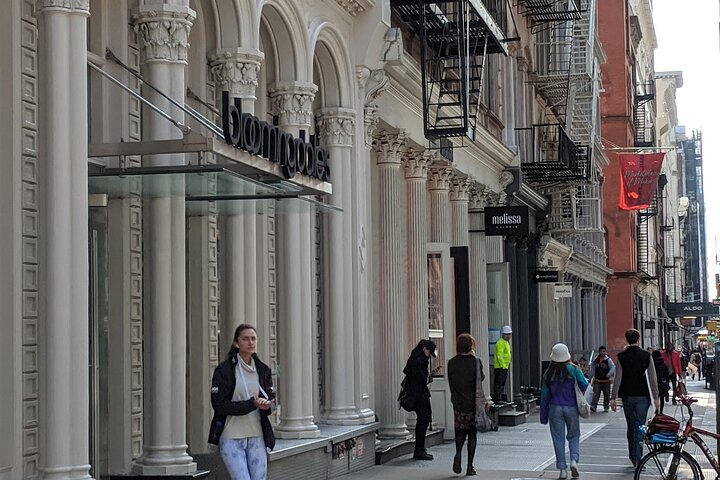
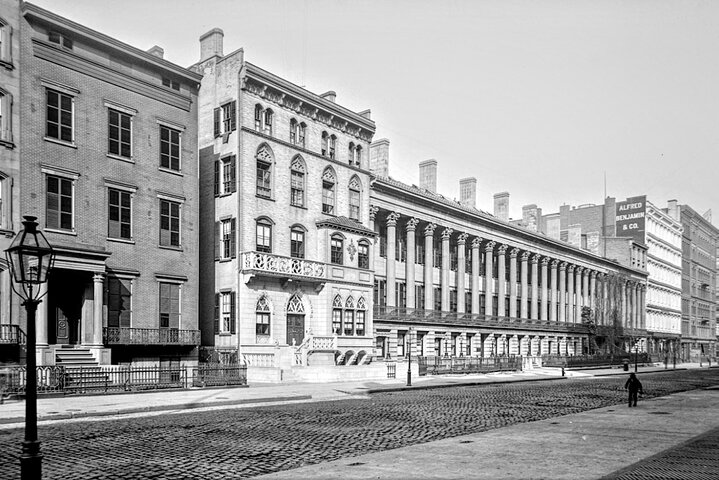
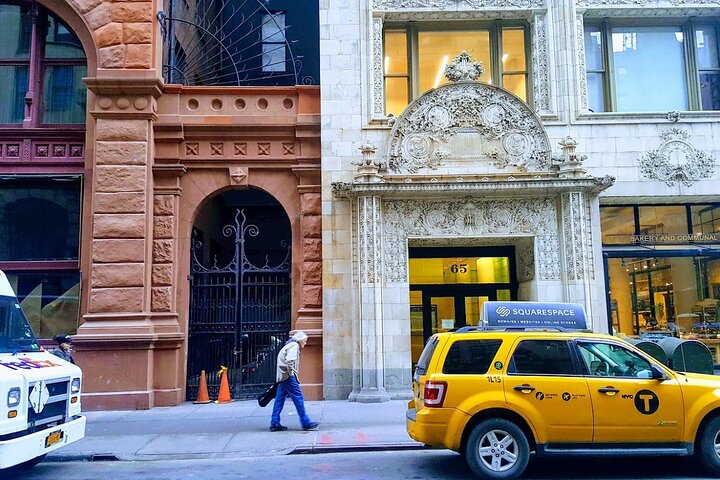
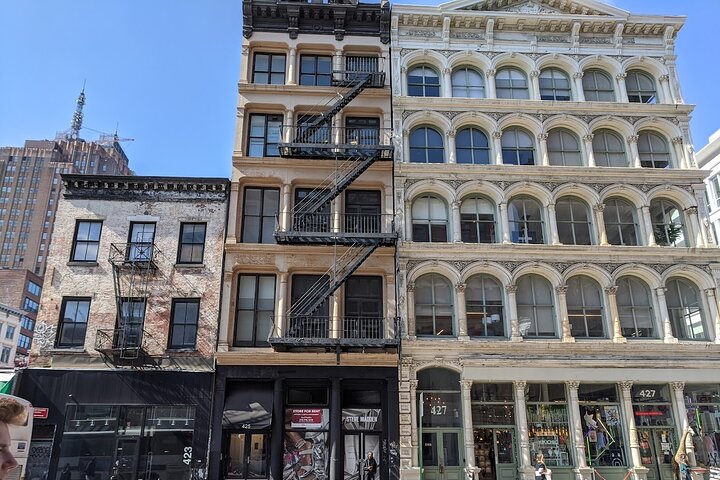
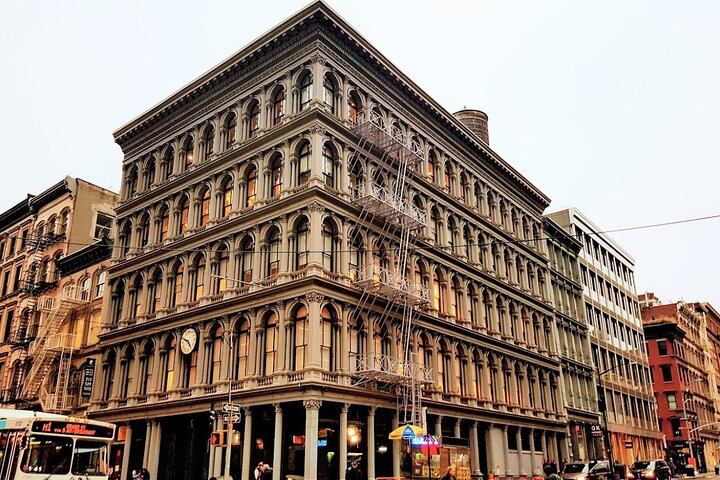
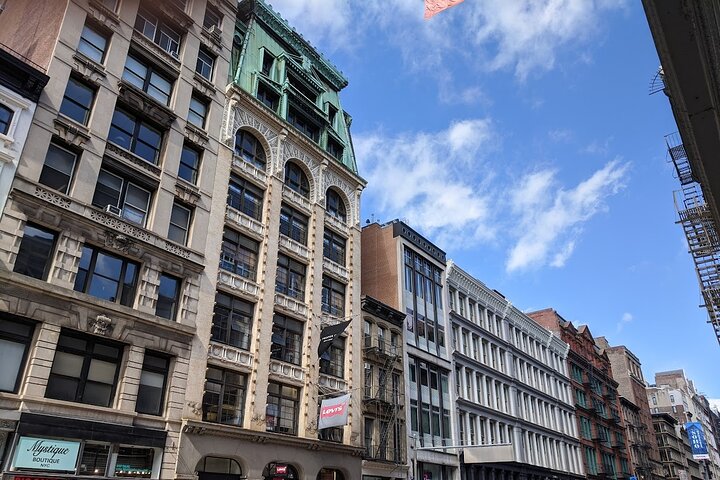
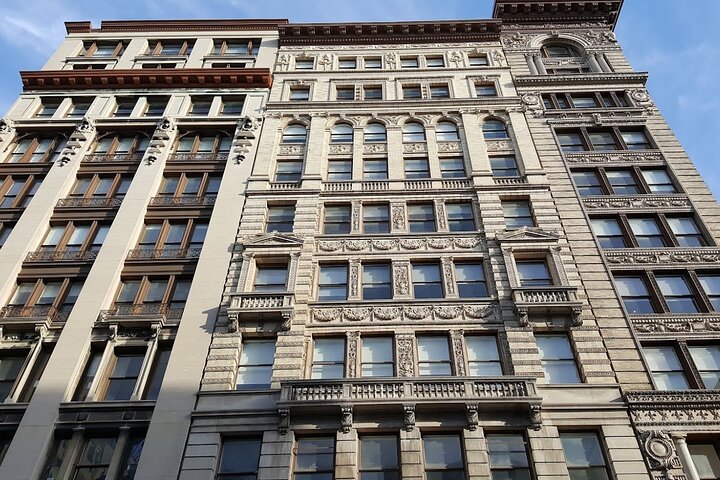
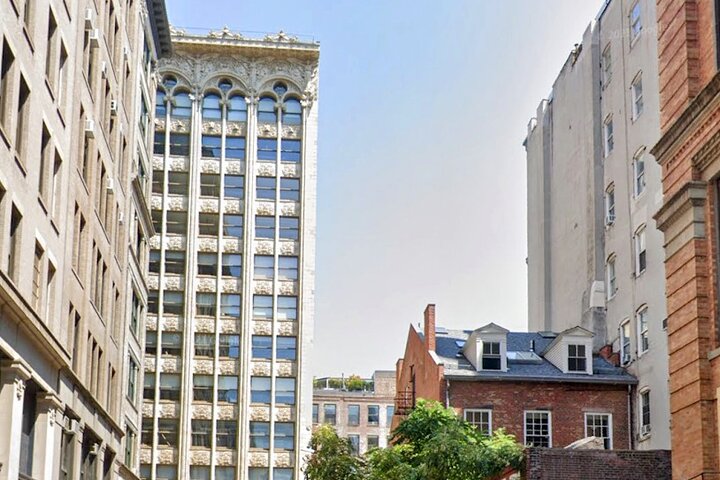
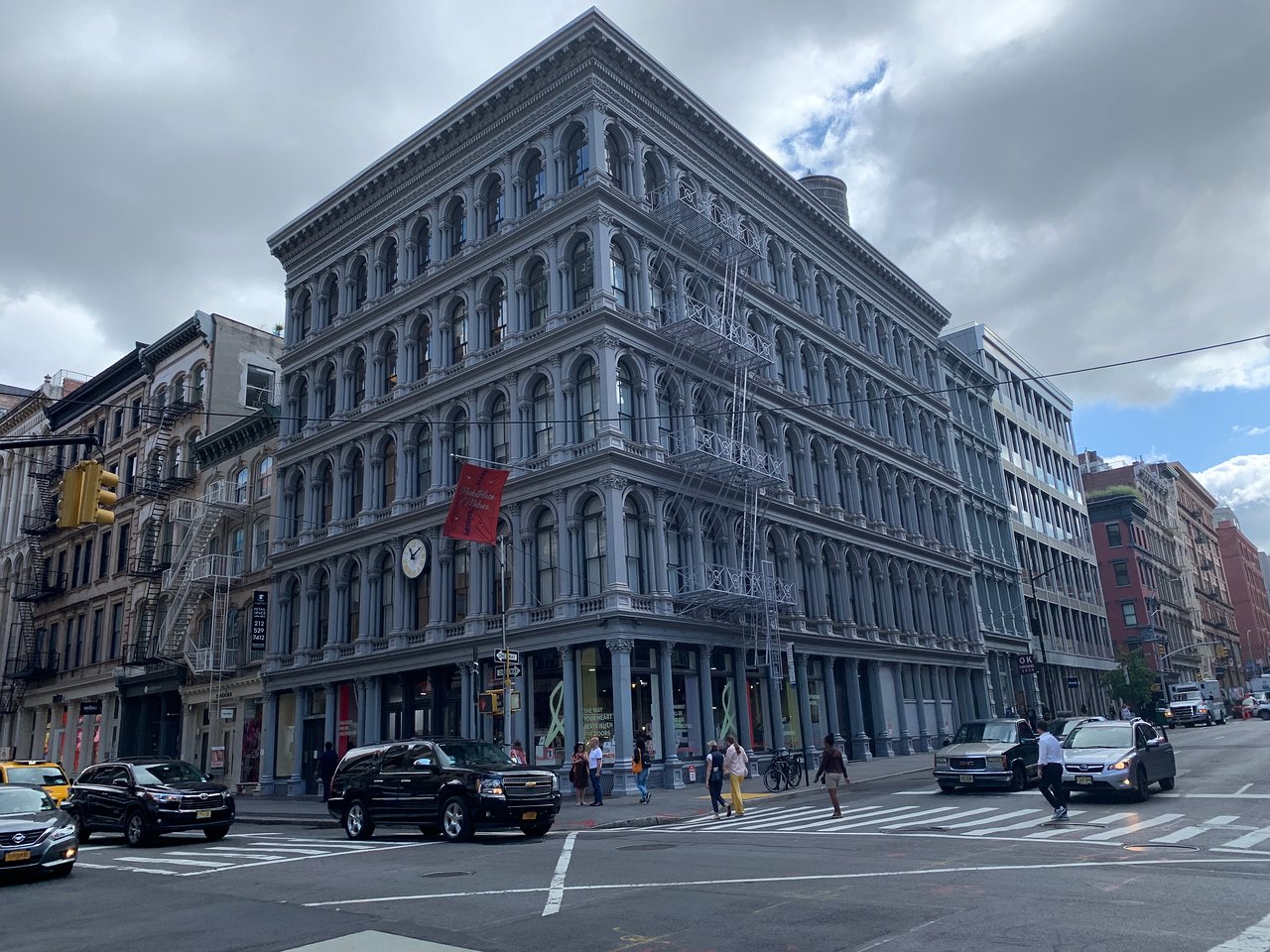

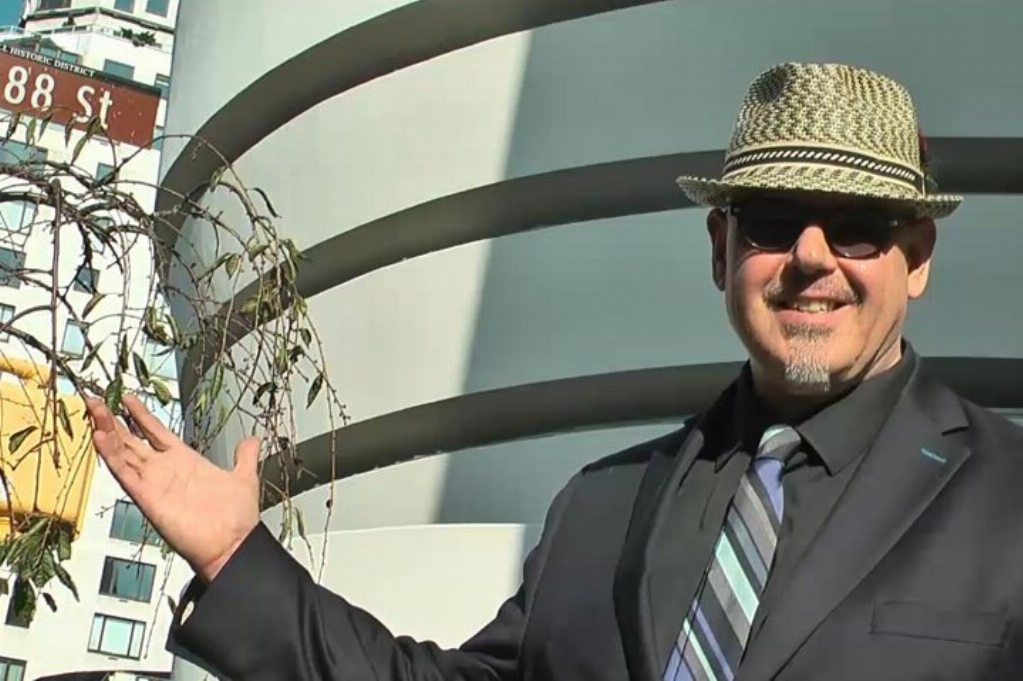

 Более
Более
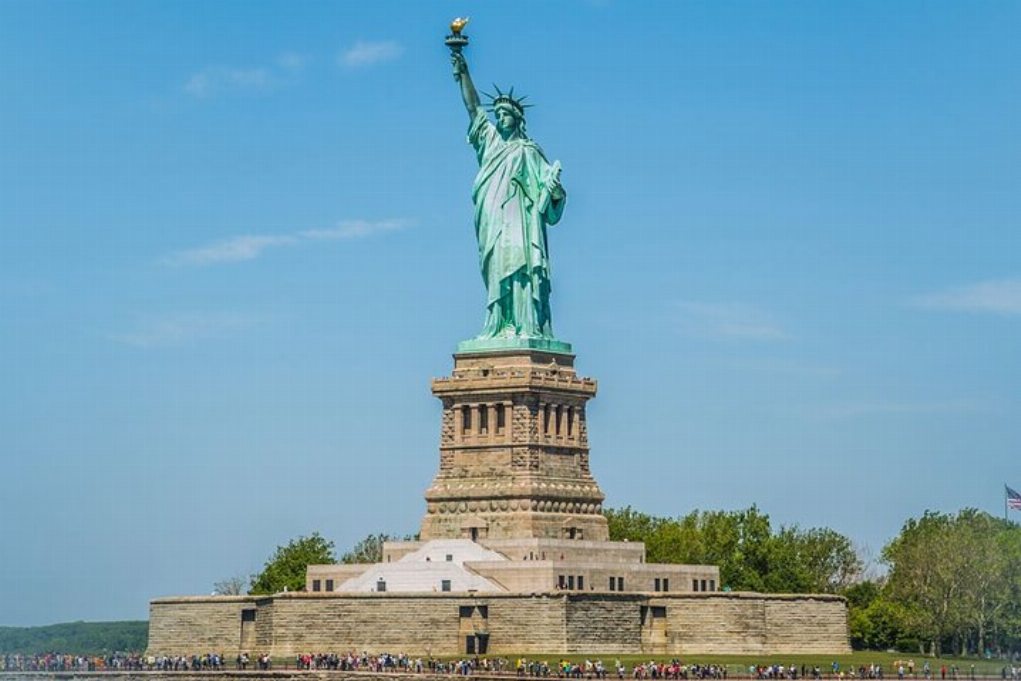
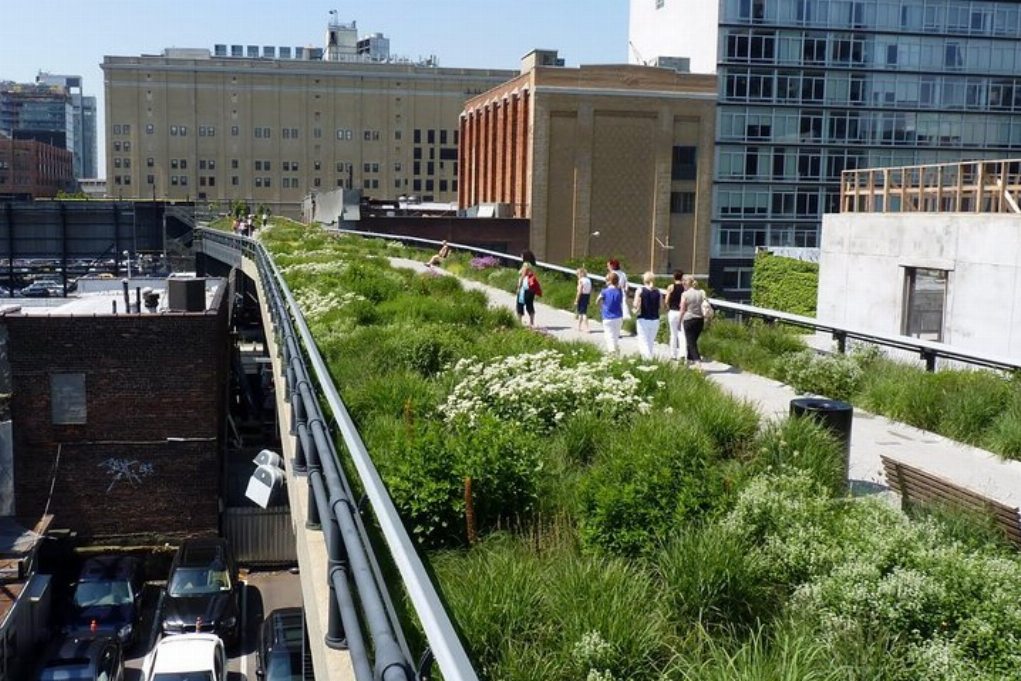
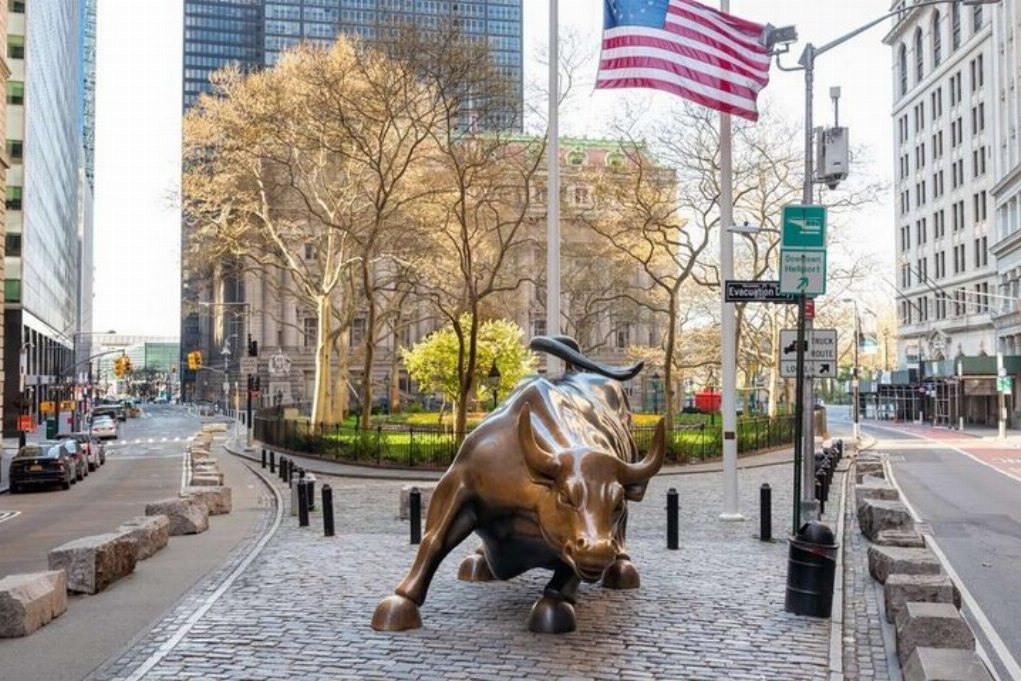


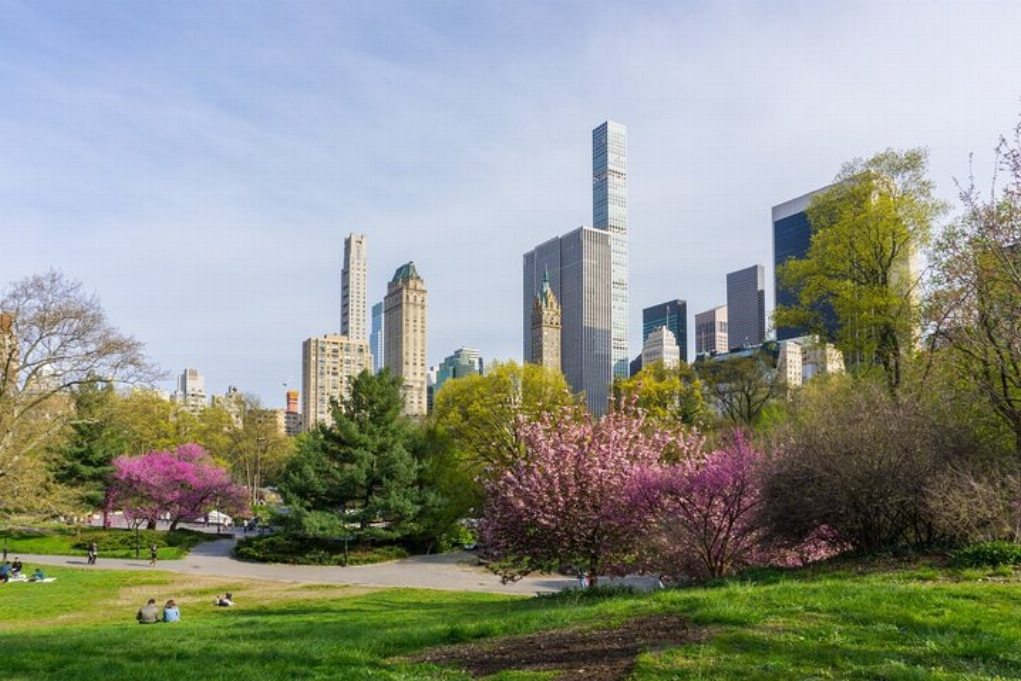
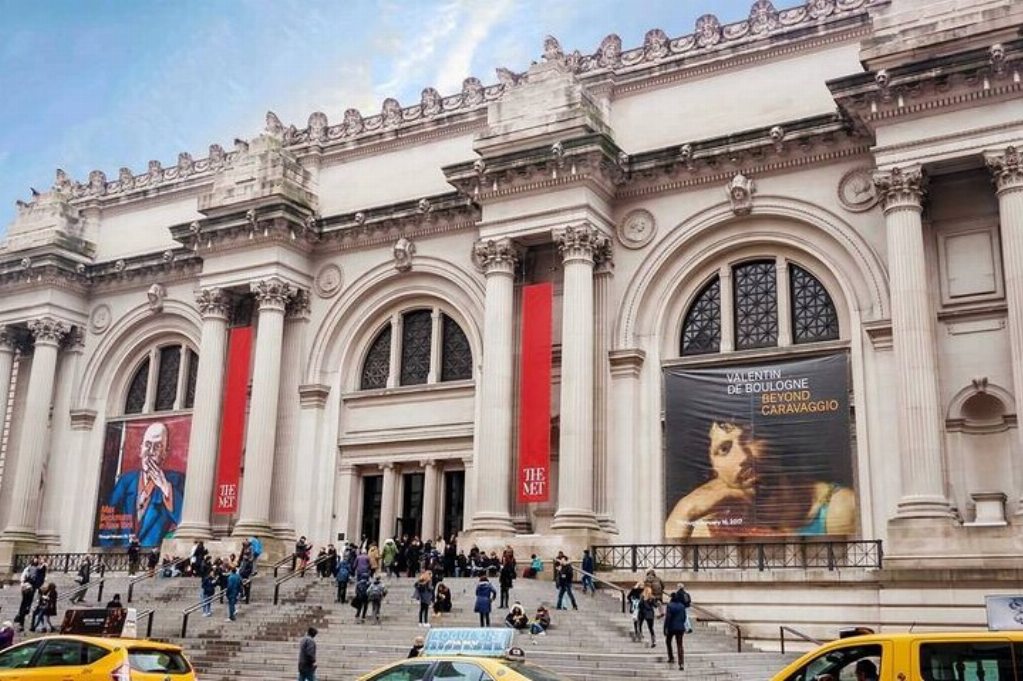
 Продолжить через Google
Продолжить через Google
 Продолжить с Facebook
Продолжить с Facebook
 Продолжить с Twitter
Продолжить с Twitter

